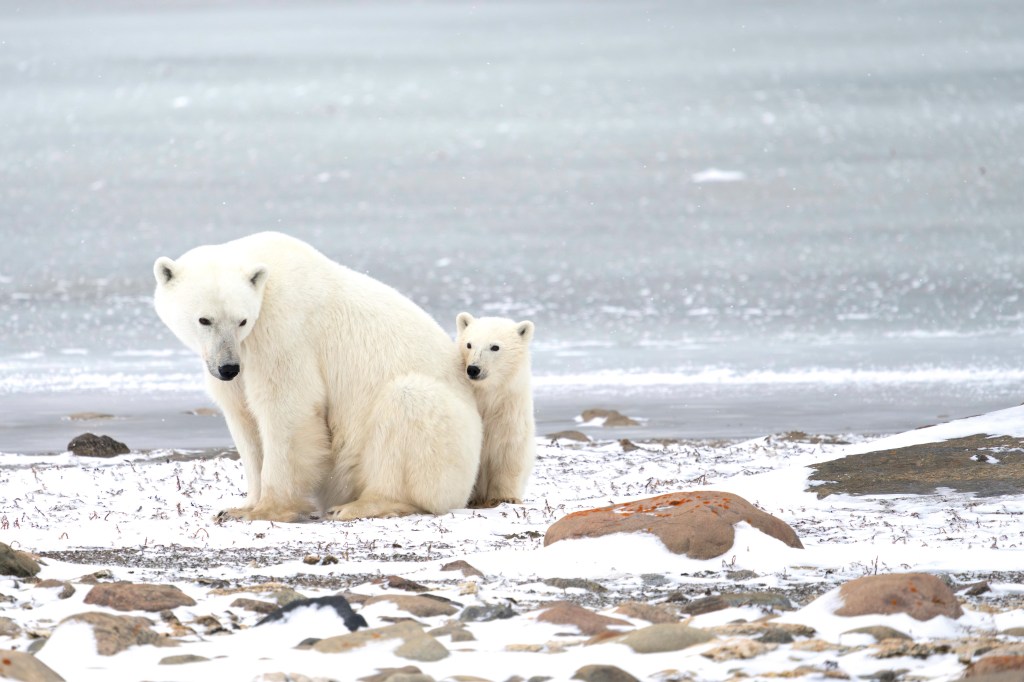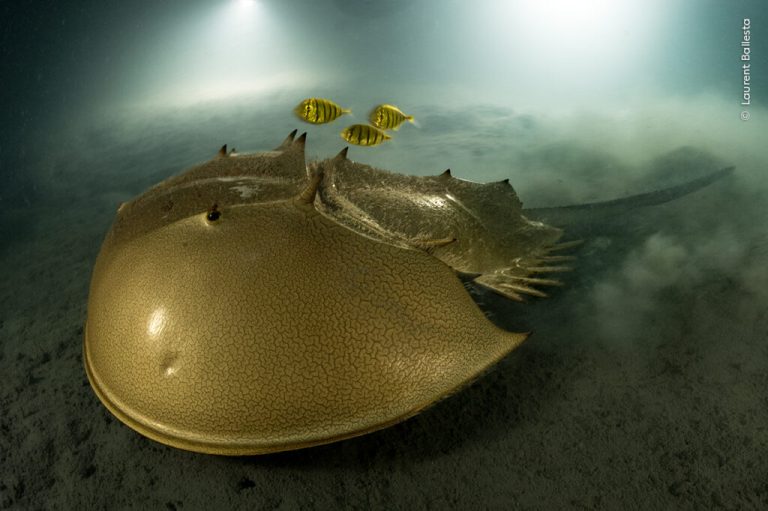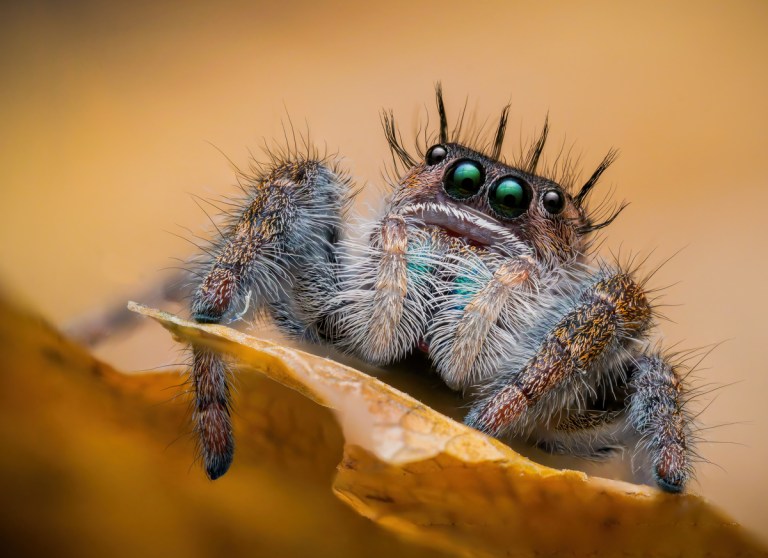Over the summer, we reported on an incredibly adorable conservation endeavor: the beluga boat cam, showcasing the playful white whales making their yearly migration to warmer waters. Now in autumn, we’re sharing another livestream initiative you’ll want to watch.
In partnership with Explore.org, Polar Bears International — the nonprofit behind the beluga cam — runs a number of polar bear livestreams. The organization also hosts its annual Polar Bear Week, which runs from today through Nov. 8 this year.
The week aims to bring awareness to polar bears and their habitats, both of which are in need of protection. Starring the bear population from Churchill in Manitoba, Canada, the livestreams capture the animals as they gather on the shores of the western Hudson Bay to await the return of sea ice so they can hunt for seals.
Cam viewers may catch mother bears snuggling with their cubs, young bears venturing out on the ice, and males sparring. Plus, while you watch, you can play Polar Bear Bingo, which has participants scope out and screenshot the bears doing certain activities.
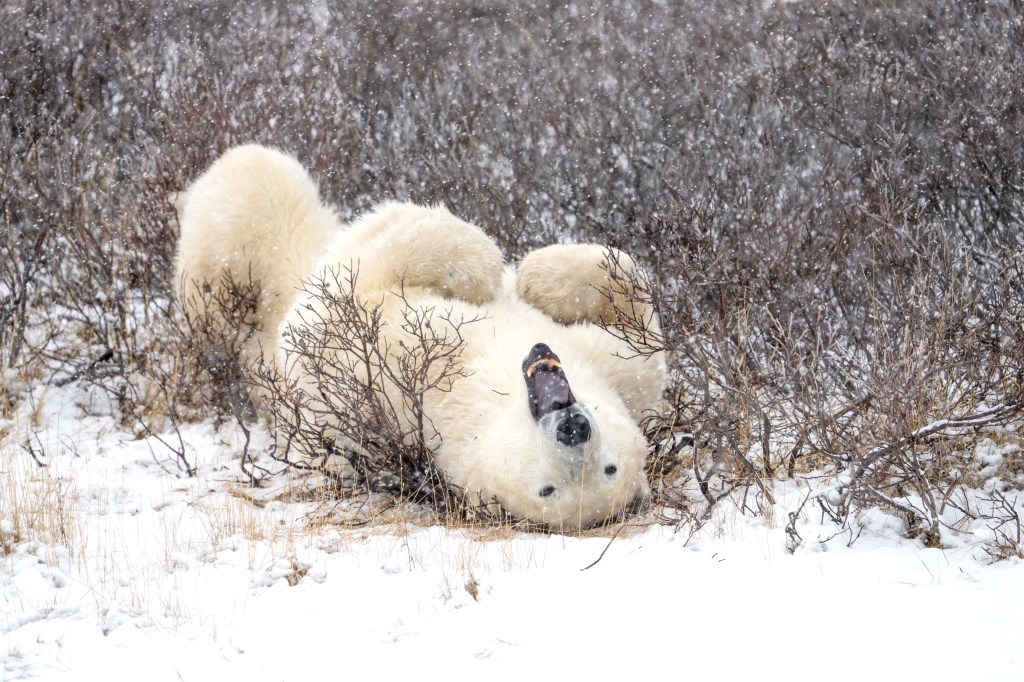
“We love sharing polar bears with people around the world, and are thrilled that hundreds of thousands of people tune in to Polar Bears International and Explore.org‘s Polar Bear Cams, watching them spar, snuggle, and wait for Hudson Bay’s ice to freeze,” Alysa McCall, Polar Bears International staff scientist and director of conservation outreach, told Nice News. “Through our live cams and live-streamed scientist chats, we hope to spark a deeper connection to this species and ecosystem.”
Each year, a theme is designated for Polar Bear Week, and 2025’s is coexistence, highlighting “the impacts of climate change, the power of innovation, community collaboration, and a focus on building a future where polar bears and people thrive together,” per a press release.
And 2025 will see some new developments as well. For one, the first fully electric Tundra Buggy is hitting the streets, er, snow. The research and observation vehicle replaces a diesel-engine buggy and allows guests, scientists, and media crews to observe and livestream polar bears while contributing less to carbon pollution in the Arctic.
Additionally, the brand-new “Bear-Dar” is being deployed at the Eeruka research station in northern Canada. An artificial intelligence radar system that can detect approaching bears both night and day, in wind and snow, the system alerts residents when the large ursine animals are near, helping keep bears and humans safe.
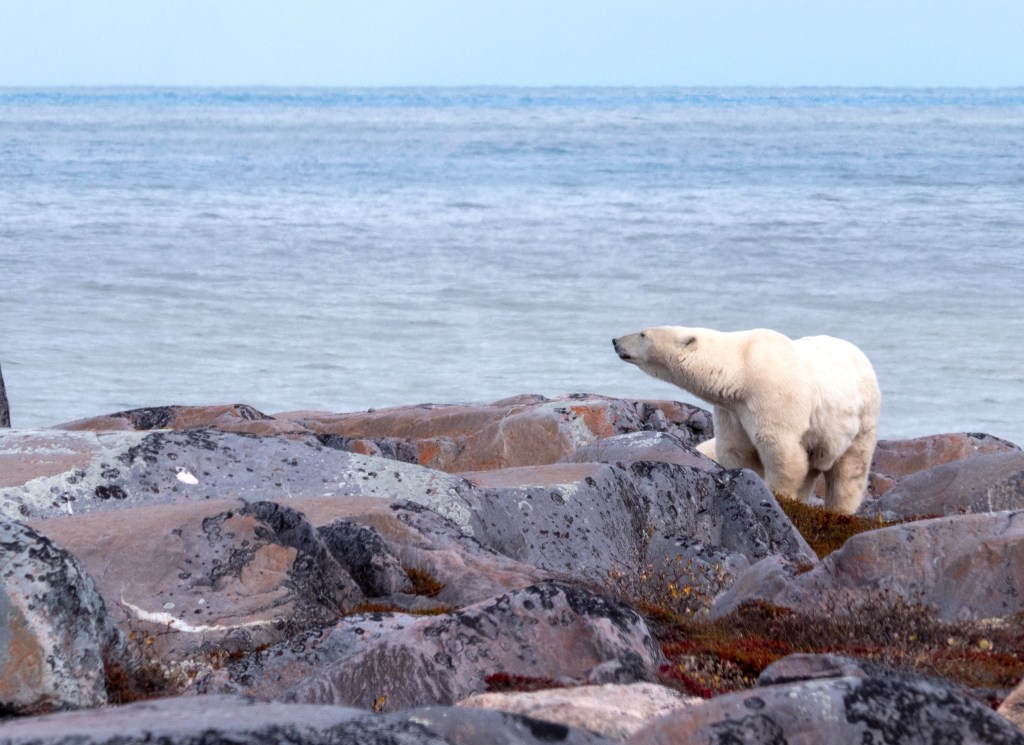
Because of the bears’ dependency on sea ice, climate change remains their biggest long-term threat. Since 1979, Hudson Bay’s subpopulation of polar bears has declined by 50% due to climate-driven ice loss, and fewer female bears are becoming pregnant. Additionally, the ice-free period in summer now lasts weeks longer than it did several decades ago, and the wait is a strain on the bears’ fat reserves. That’s why tuning in to check out footage of the animals in their habitat is much more than just fun viewing; it’s a way to stay connected to a vulnerable species.
“Polar bears have become powerful symbols of climate change because their future is tied to the sea ice,” McCall shared with Nice News. “During Polar Bear Week, we invite everyone to start the conversation and create positive change in their communities and beyond. It’s not too late to take action for polar bears, people, and our shared planet.”
